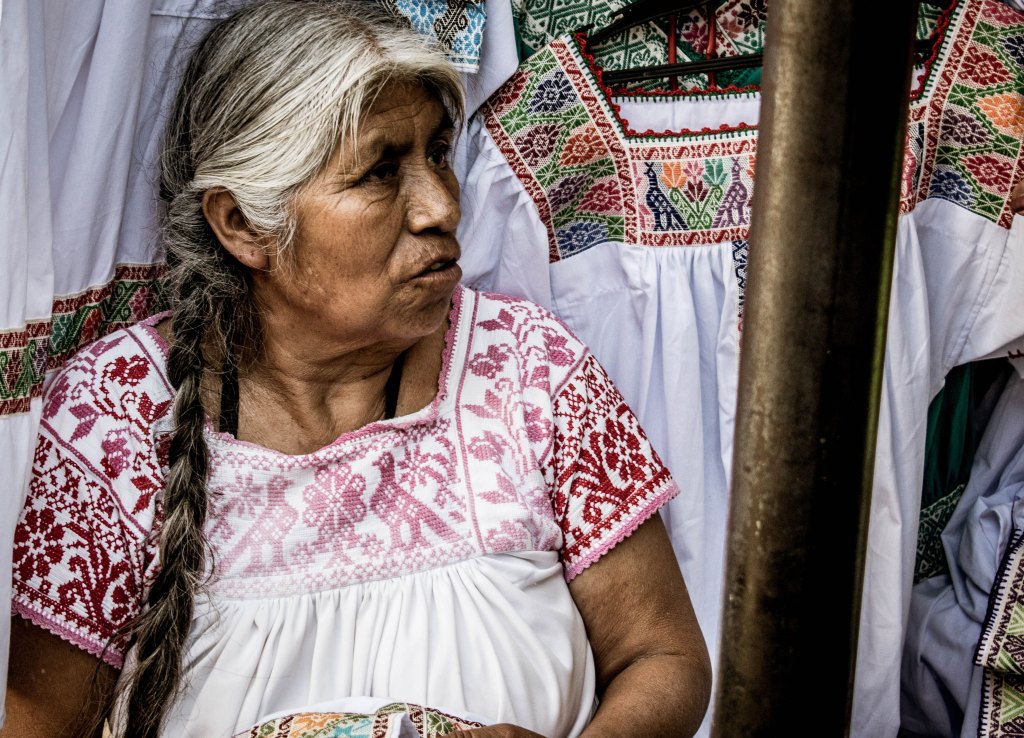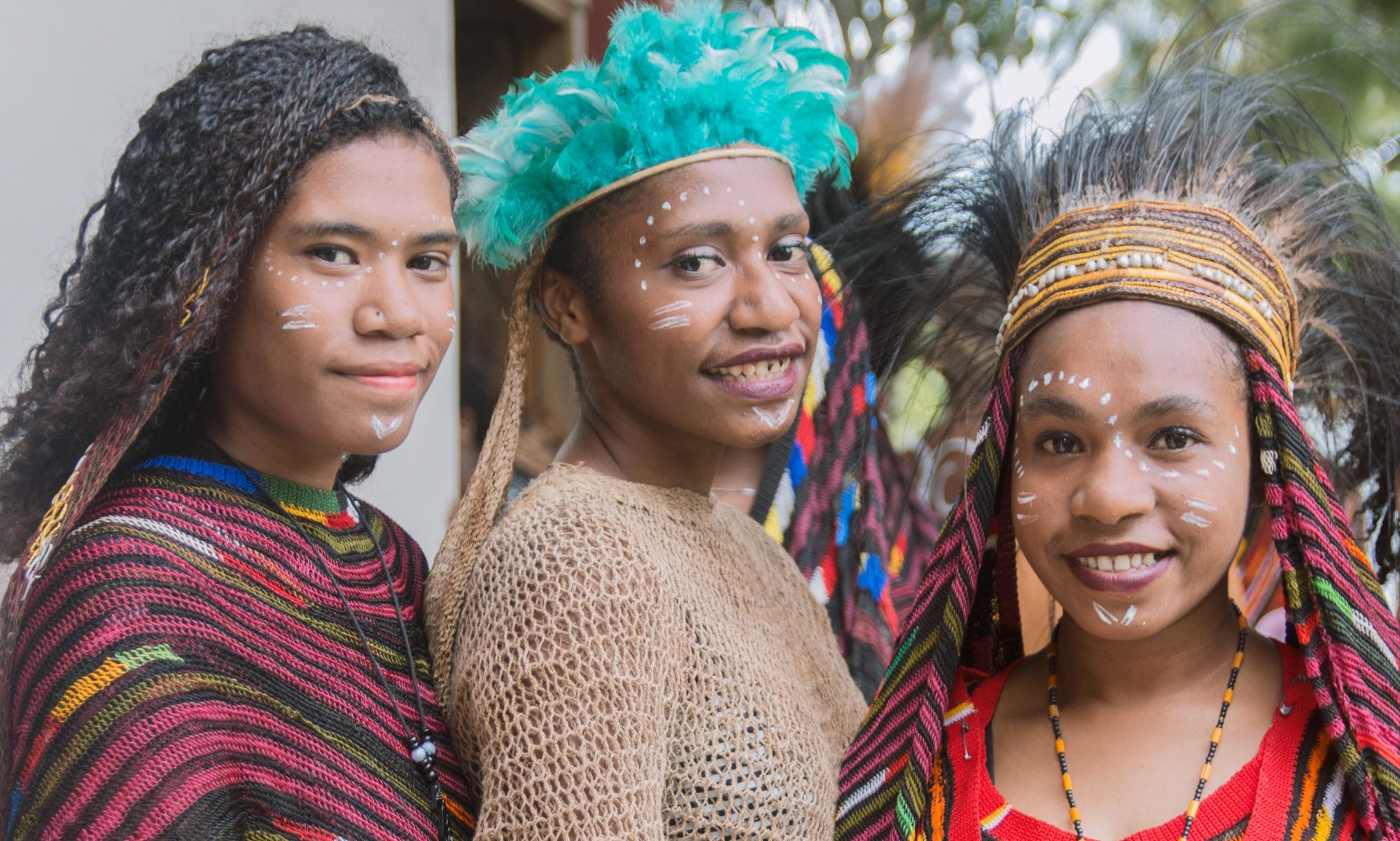La lengua no tiene hueso, pero corta lo más grueso.
The tongue doesn’t have a bone, but it cuts the thickest thing.
Interestingly, while Spanish is the dominant language in Mexico, it is not defined as the official language in Mexican legislation. Many different languages are spoken in Mexico. Mexico has about six million citizens who speak indigenous languages. The indigenous languages are from eleven distinct language families, including four isolates and one that immigrated from the United States. The Mexican government recognizes 68 national languages, 63 of which are indigenous, including around 350 dialects of those languages.
The prominent ones among these are:
Nahuatl : Historically known as Aztec, it is a language or group of languages of the Uto-Aztecan language family. Varieties of Nahuatl are spoken by about 1.7 million Nahua people since at least the seventh century CE , most of whom live in central Mexico.
Many Nahuatl words have been borrowed into the Spanish language, most of which are terms designating things indigenous to the American continent.
For instance, in English, two of the most prominent are undoubtedly chocolate and tomato (from Nahuatl tomatl). Other common words are coyote (from Nahuatl coyotl), avocado(from Nahuatl ahuacatl) and chilli (from Nahuatl chilli).

Yucatec Maya : It is a Mayan language spoken in the Yucatan peninsula and northern Belize. The qualifier “Yucatec” is a tag linguists use to distinguish it from other Mayan languages. All the languages in the Mayan language family are thought to originate from an ancestral language that was spoken some 5,000 years ago, known as Proto-Mayan.
| Yucatec Maya | English | |
| Standard pronunciation | Normal translation | Literal translation |
|---|---|---|
| Bix a beel? | How are you? | How is your road? |
| Maʼalob, kux teech? | Good, and you? | Not bad, as for you? |
| Bey xan teen. | Same with me. | Thus also to me. |
| Tuʼux ka bin? | Where are you going? | Where do you go? |
In the case of the Mayan language, which had a total of 859,607 speakers in 2015, the number of speakers is declining at an alarming rate. Today, only 13% of Mayans between the ages of 3 and 17 speak the language.
They warned that if the Mexican Government’s policies regarding indigenous languages are not “substantially modified,” indigenous languages will “irrevocably disappear in a couple of generations” and, along with them, a heritage of traditional knowledge cultivated by these indigenous groups through the centuries.
After all, languages are “living documents” preserved through their speakers, which hold important information regarding History, biodiversity, and the potential to maintain ancient traditions through literary creation.


One of the most less-talked about topics.
It’s truly amazing to see someone work for the same.
There couldn’t have been a more perfect representation.
LikeLiked by 1 person
Thank you! Stay tuned for more.
LikeLike
Incredible work!
LikeLiked by 1 person
These languages should come out in the open because no language is greater than the other.
Creative work!
LikeLike
Really informativee! ❤️
LikeLiked by 1 person
stay tuned for more!
LikeLike
Never knew about this!
LikeLiked by 1 person
I am really amazed to know such facts. Thank you dear
LikeLiked by 1 person
interesting work….keep this going:):)
LikeLike
So lovely!
Gives me immense pleasure to learn new things
LikeLike
Language is the only thing that is left as a symbol of the origin of some indigenous groups. Great post!
LikeLike